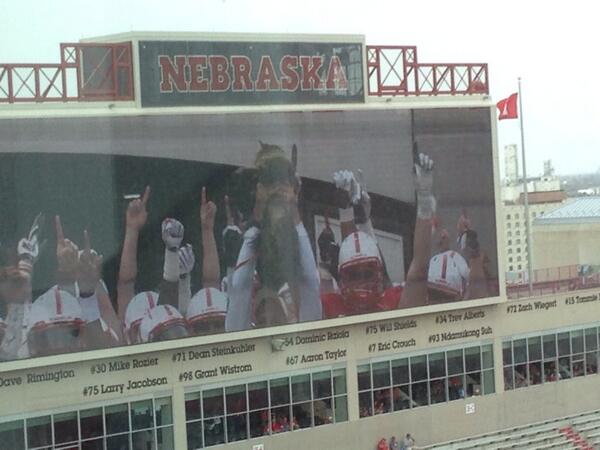
Spring College Football “Games” Must be Re-Branded, and Here’s How.
Sure! Here’s a 500-word piece on why and how Spring College Football “Games” should be rebranded:
Spring College Football “Games” Must be Re-Branded, and Here’s How
Every April, college football fans are teased with what’s marketed as “Spring Games” — but let’s be honest, these aren’t games in the traditional sense. There are no stakes, no real winners or losers, and no resemblance to the fall Saturdays fans wait all year for. Spring football has value, but calling these scrimmages “games” is misleading. It’s time for a rebrand — one that better reflects what these events actually are and what they could be.
First, let’s acknowledge the purpose of spring football. It’s not about competition; it’s about development. Coaches are testing new schemes, assessing young players, and evaluating depth. Fans, on the other hand, are just excited to get a taste of football again. The problem is that labeling these practices as “games” builds false expectations. The product on the field is often watered down, featuring limited playbooks, no tackling of quarterbacks, and scripted scenarios.
So how should we rebrand the spring “game” experience? Start by dropping the term “game” altogether. Instead, consider terms that reflect the developmental and showcase nature of these events — something like the “Spring Showcase,” “Gridiron Preview,” or “Team Takeover.” These names set the tone that this is a behind-the-scenes look at the team, not a full-blown football battle.
Beyond the name change, schools should lean into the entertainment and engagement aspects of the spring event. Treat it as a fan festival rather than a game day. Imagine a “Spring Football Fest” with live music, autograph sessions, open practices, interactive fan zones, and behind-the-scenes access to coaches and players. Let fans into film rooms, mic up players during drills, or host chalk talk breakdowns with coordinators. This turns the day into a full experience, not just a pseudo-game in half-full stadiums.
The media component needs updating, too. Spring games are often televised with game-like graphics and commentary, which further confuses the message. Networks should shift to more documentary-style or reality-show presentations — like an in-season “Hard Knocks” vibe, where viewers get insights, storylines, and interviews mixed with on-field highlights.
Rebranding also opens the door for creative formats. Some programs have tried alumni games, offense-vs-defense scoring systems, or skill-position competitions. Emphasizing these alternatives can make the day more engaging. Let’s see a quarterback accuracy challenge or a 7-on-7 showcase of young talent. Fans love watching the next big star before they hit the national stage — give them that opportunity.
Ultimately, the current “Spring Game” label is outdated. It sets the wrong expectations and misses a chance to celebrate the unique nature of college football’s offseason. By embracing a new identity — one focused on access, development, and entertainment — schools can turn spring football into a more honest and engaging product.
The bottom line: spring football is worth watching, but it’s not a game. Let’s stop pretending it is and start branding it for what it truly offers — a first look at the future of fall Saturdays.
Want to tailor this to a specific school or fanbase?





